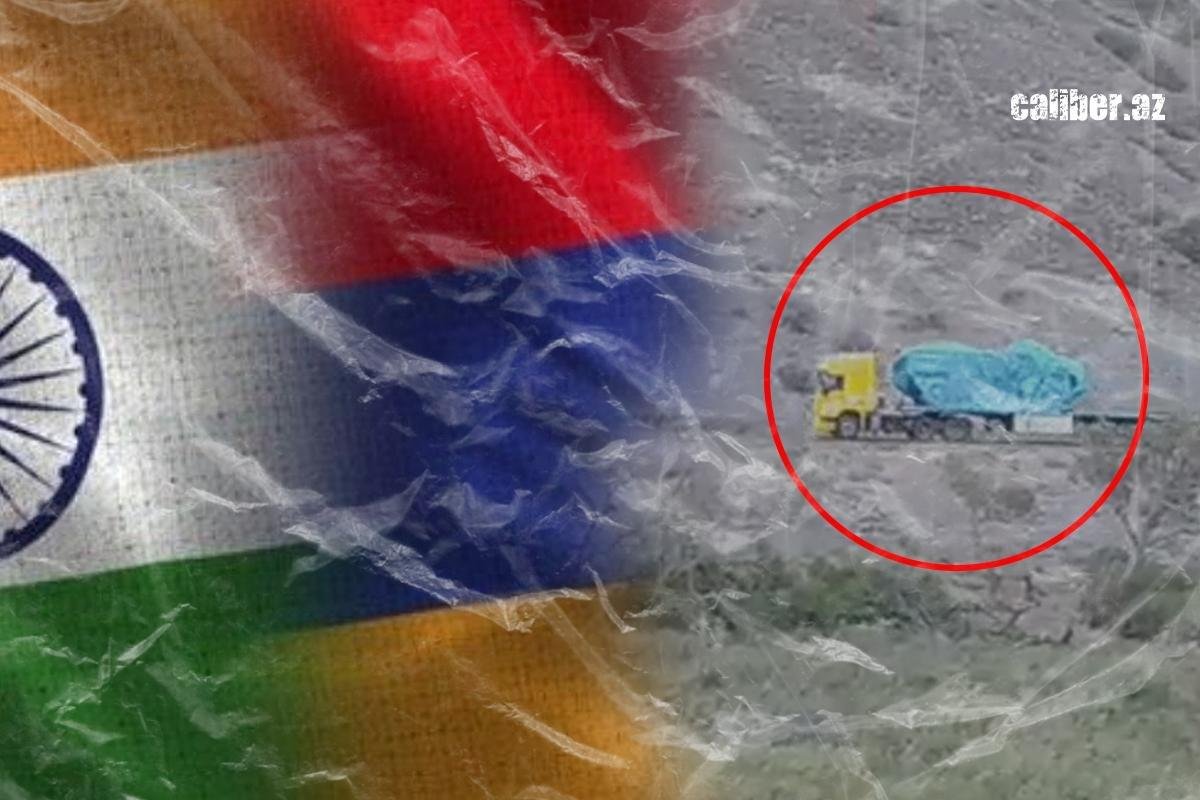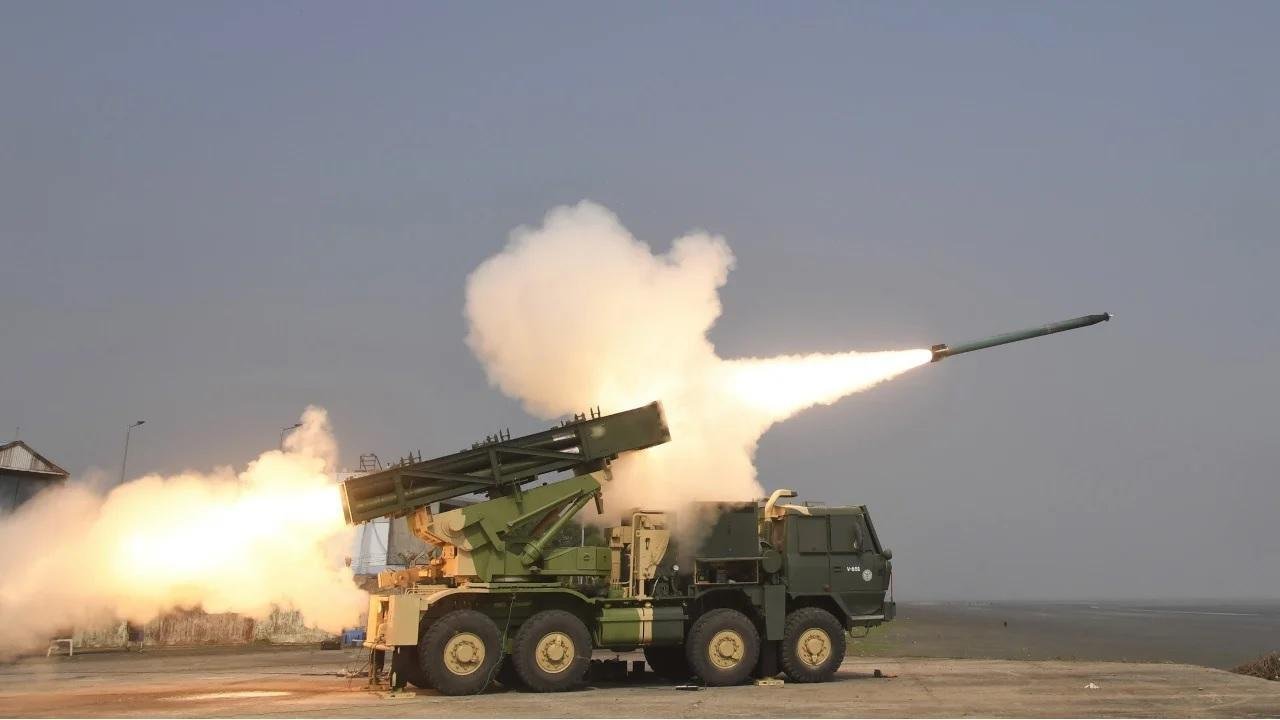India’s arms sale to Armenia and regional security in South Caucasus Adding more fuel to the fire
Recent events in the South Caucasus have highlighted an overlooked development in the global weapons market, as regional states became engaged in an arms race, eventually threatening fragile security. After the military victory of Azerbaijan in the Second Garabagh War with neighbouring Armenia, the peace process stalled, whereas the war of words between Baku and Yerevan renewed. As a result, both sides went on to increase the military expenditures despite the ongoing peace talks.
As such, a total of $3.1 billion was allocated from the state budget to strengthen Azerbaijan's defence capabilities and national security. Given the frequent tensions and fire exchanges with neighbouring Armenia and the remnants of the illegal armed groups in Garabagh, Azerbaijan's military spending was particularly on the rise. In comparison, the Armenian government’s military expenditures are estimated at a record $1.28 billion in 2023. This represents a 46 per cent increase over funding earmarked for the country's armed forces a year ago.
Moreover, the steady rise in military expenditures is associated with increased weapon imports from partner countries. In the case of Azerbaijan, the country aligned itself closely with Türkiye and Israel as top military partners, while Armenia turned to India. Although Yerevan enjoyed long-term cordial relations with New Delhi after the 44-Day War, both states' partnerships went beyond the traditional scope.
The heavy losses during the war pushed Yerevan to deepen defence ties with India and seek the acquisition of new weaponry. According to a report in The Wire, citing an analysis from the New Delhi-based think tank Observer Research Foundation, “India has overtly positioned itself on Armenia’s side in the Nagorno-Karabakh conflict, and has consequently opted to resist Azerbaijan and its backers including Türkiye and Pakistan as well as Ankara’s expansionist pan-Turkic ambitions.”

In October 2022, Armenia’s Defense Minister Suren Papikyan was on a three-day working visit to India. Back then, he met his Indian counterpart. Moreover, in February of this year, a delegation from the Armenian Defence Ministry led by Deputy Minister Karen Brutyan visited India and met with the country's Defence Minister Singh. The meeting's agenda featured issues concerning prospects for expanding Armenian-Indian military cooperation, including joint efforts in broader military-technical reciprocity.
In line with it, in September 2022, Armenia and India signed military agreements with the aim of arming the Armenian army with heavy weapons, including Pinaka multi-barrel rocket launchers (MBRL), anti-tank missiles, rockets, ammunition, and long-range artillery worth $250 million.
Baku became particularly concerned after Azerbaijani media outlets streamed a video allegedly showing the transfer of Pinaka MLRS complexes to Armenia via Iran. The state media in Azerbaijan stressed that India’s armament of Armenia exacerbates the situation at a time when Baku and Yerevan are in talks of a peace treaty.
In fact, the current defence deal is not the first-ever agreement between India and Armenia, as in 2020, shortly after Armenia's defeat in Garabagh, India supplied Yerevan with four domestically made SWATHI counter-battery radars.
The system was developed by India’s Defence Research and Development Organization (DRDO) and manufactured by Bharat Electronics Limited (BEL). It provides accurate information on enemy artillery firing positions up to 75 kilometres away. With this new radar system, Armenia became the first foreign importer of Indian weaponry.

The emergence of India as a weapon exporter is a relatively new phenomenon, as the country remained the world’s leading arms importer for many years. Hence, the Armenian export orders, including Pinaka MLRS, artillery, various calibre ammunition, and other systems, have further boosted India's 2023 weapons exports. Armenia defines the defence partnership with India as purely “civilisational and strategic”.
In light of frequent fire exchanges in the Garabagh region and the border with Azerbaijan, Armenia prioritised installing defensive infrastructure across more than 500 km of borderline with Azerbaijan with the assistance of India. According to the Armenian media, new installations will “help Armenia to deter Azerbaijan’s further attacks”.
Such statements and intensively growing partnerships are becoming a concern for Baku. Official Baku informed the Indian ambassador that the Azerbaijani government was closely following and increasingly concerned about “deepening” military cooperation between Armenia and India.
Also, official Baku believes that the arms deal between India and Armenia may push the “geo-strategic dimensions” in the region to “re-adjust” soon. Azerbaijan is willing to finalise the peace process with Armenia by the end of 2023, citing national interests and security concerns. However, the slow progress in the process, Armenia’s financial support of the de-facto separatist regime, and continuous arms supply to the illegal armed groups torpedo the negotiations within the Brussels and Moscow formats.








